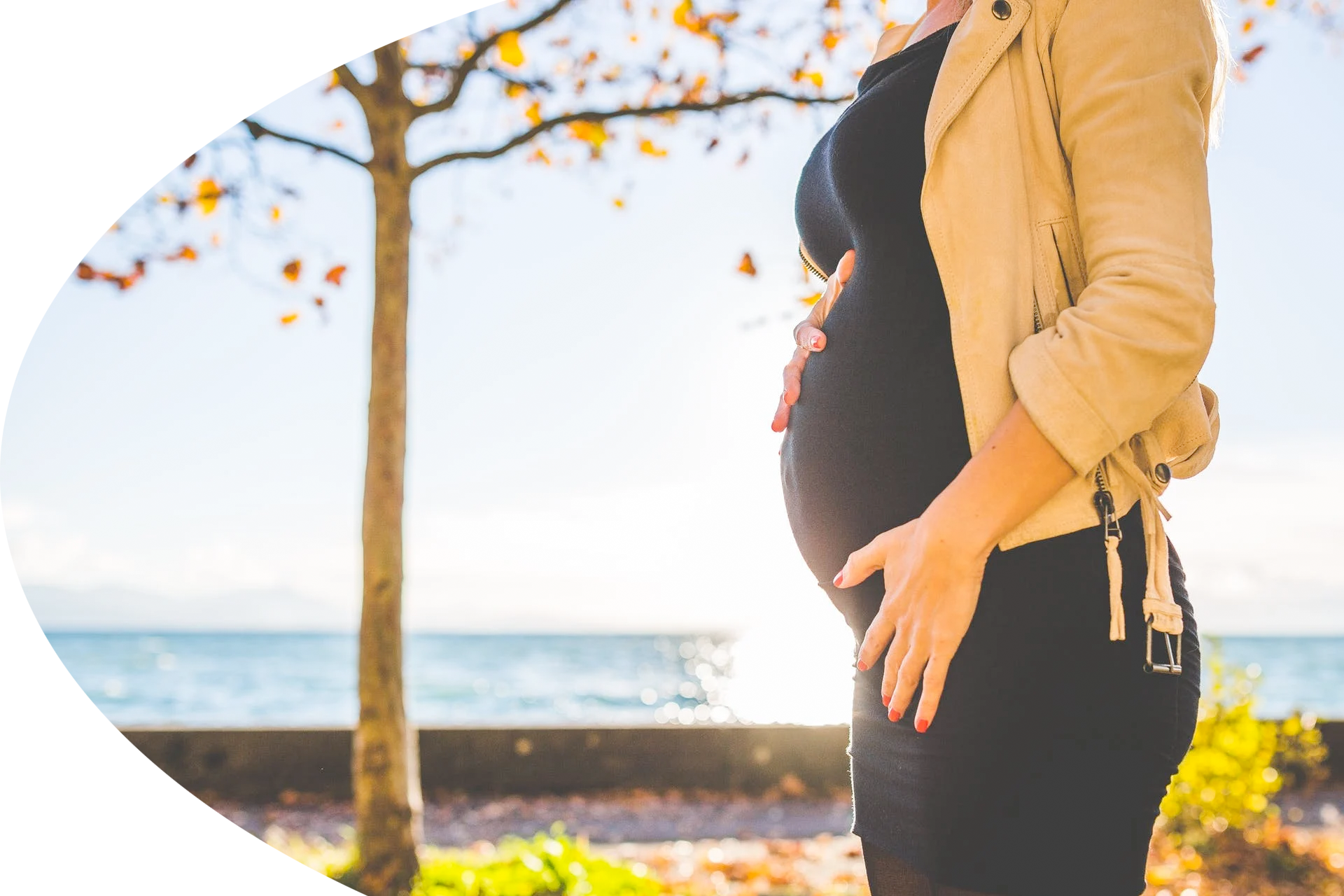The Center for the Economics of Reproductive Health
The Center for the Economics of Reproductive Health at the Institute for Women’s Policy Research (IWPR) seeks to advance public understanding and awareness of the link between access to reproductive health care services for women and their long-term economic security and well-being. We conduct original research and policy analysis at the intersections of race, ethnicity, class, and reproductive health to improve economic outcomes, and educational and employment opportunities for all women.

The Economic Fallout of Reproductive Rights Restrictions on Women’s Futures
“[Abortion] is not an issue easily distilled down to dollars and cents... In fact, it is rather dehumanizing!" 90-year-old Republican Senator Grassley exclaimed at the Senate Budget Committee hearing on February 28th, 2024 on the economic harms of restricting reproductive freedom. We disagree with the [...]
Updated Analysis of the Cost of Abortion Restrictions to States
Each year, the number of state-level restrictions on abortion access increases, and in some states, they get more and more extreme. To capture the ongoing harm of these restrictions—not only to women’s health but also to the economy—the Institute for Women’s Policy Research (IWPR) [...]
THE CAUSAL RELATIONSHIP BETWEEN CONTRACEPTION, ABORTION, AND ECONOMIC WELL-BEING
Contraception and abortion are most often used by people to prevent having children they are not ready to care for or do not want. One of the most common reasons people delay or prevent childbearing is economic. This brief synthesizes findings from recent research [...]
Connect for Success Initiative: Expanding Access to Sexual and Reproductive Health Supports for Community College Students
Connect for Success Initiative: Expanding Access to Sexual and Reproductive Health Supports for Community College Students About the Grantmaking Program The purpose of the Connect for Success grantmaking program is to engage with existing community college sexual and reproductive health programs [...]
Voters double down: Supporting abortion access has clear upside for candidates
For an off-cycle election year, voters across the country sent some pretty clear messages and delivered a number of convincing wins for abortion access. Even states with deep partisan divides signaled that reproductive health rights rank high among their priorities, which bears critical weight as [...]
The Costs of Reproductive Health Restrictions: An Economic Case for Ending Harmful State Policies
Access to comprehensive reproductive health care is central to gender equity and women’s full participation in the workplace. For businesses, restrictions on access to reproductive health care are not only at odds with stated corporate values, such as equity and inclusion, they also affect [...]





